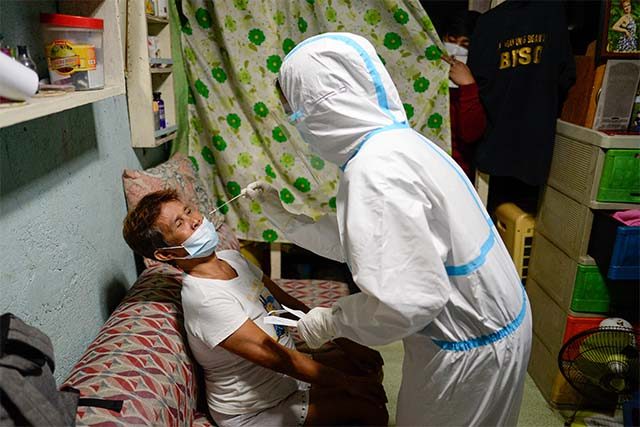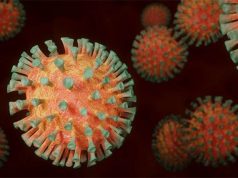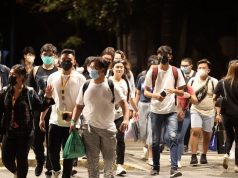
A researcher released a risk chart of novel coronavirus transmission translated in Cebuano and Filipino languages.
Trisha Greenhalgh, one of the researchers who released a study about SARS-CoV-2 being airborne, shared this in a Twitter thread where the chart was translated into South Asian and South American languages.
This study titled “Ten scientific reasons in support of airborne transmission of SARS-CoV-2” showed findings that prove the virus that causes COVID-19 can spread through the air.
Greenhalgh shared the thread on May 4 and attached the English version first.
“Here’s our #CovidRiskChart in South Asian and South American languages: I will post English first then other versions in this thread. Track me down if you want to translate this,” she said.
Here’s our #CovidRiskChart in South Asian and South American languages: I will post English first then other versions in this thread. Track me down if you want to translate this. pic.twitter.com/6PQW1pkXe8
— Trisha Greenhalgh 😷 #CovidIsAirborne (@trishgreenhalgh) May 4, 2021
The Filipino and Cebuano translations were later added to the thread. Greenhalgh also tagged the Twitter handle of the user who provided her Cebuano version.
Two languages from Philippines: CEBUANO (thanks @MichaelPaulEdw1 and partner) and TAGALOG pic.twitter.com/q37k33qT8a
— Trisha Greenhalgh 😷 #CovidIsAirborne (@trishgreenhalgh) May 4, 2021
In the main chart titled “Risk of SARS-CoV-2 transmission in different settings,” the settings or scenarios presented are only applicable for asymptomatic individuals or infected persons without symptoms of COVID-19.
The lowest COVID-19 transmission occurs when wearing face coverings, contact for a short period of time and in well-ventilated settings.
This applies to being silent, speaking and shouting or singing, and in areas with low occupancy or filled with few people.
The highest risk of COVID-19 transmission, meanwhile, occurs if a person has no face coverings, has prolonged contact, and stayed in areas with poor ventilation.
These apply to all activities conducted indoors and outdoors with high occupancy except if the person without a mask is silent.
In the Lancet paper, which had also been picked up by news outlets overseas, the scientific reasons that COVID-19 can spread via air include infections found in most places where humans interact, higher transmission indoors than outdoors and asymptomatic patients account for the most spreaders of the virus globally.
The researchers concluded that the deadly pathogen can spread and cause infections through the air.
“Although other routes can contribute, we believe that the airborne route is likely to be dominant. The public health community should act accordingly and without further delay,” they said.
WHO’s update
More than a year into the still raging pandemic, the World Health Organization updated its question and answer page on how COVID-19 is spread among people and included the possibility of airborne transmission. It cited aerosols suspended in the air.
“Current evidence suggests that the virus spreads mainly between people who are in close contact with each other, typically within 1 meter (short-range). A person can be infected when aerosols or droplets containing the virus are inhaled or come directly into contact with the eyes, nose, or mouth,” WHO said.
“The virus can also spread in poorly ventilated and/or crowded indoor settings, where people tend to spend longer periods of time. This is because aerosols remain suspended in the air or travel farther than 1 meter (long-range),” it added.
This statement directly counters the previous positions of WHO and other health organizations that COVID-19 is not airborne.
Such information are timely given that the national government recently allowed more businesses to operate, including indoor services, in areas under modified enhanced community quarantine.
These included indoor dining at a 10% seating capacity and personal care services at 30% capacity.
Concerned Filipinos previously called for proper air ventilation in these spaces and a change in the government’s minimum health protocols against COVID-19.









